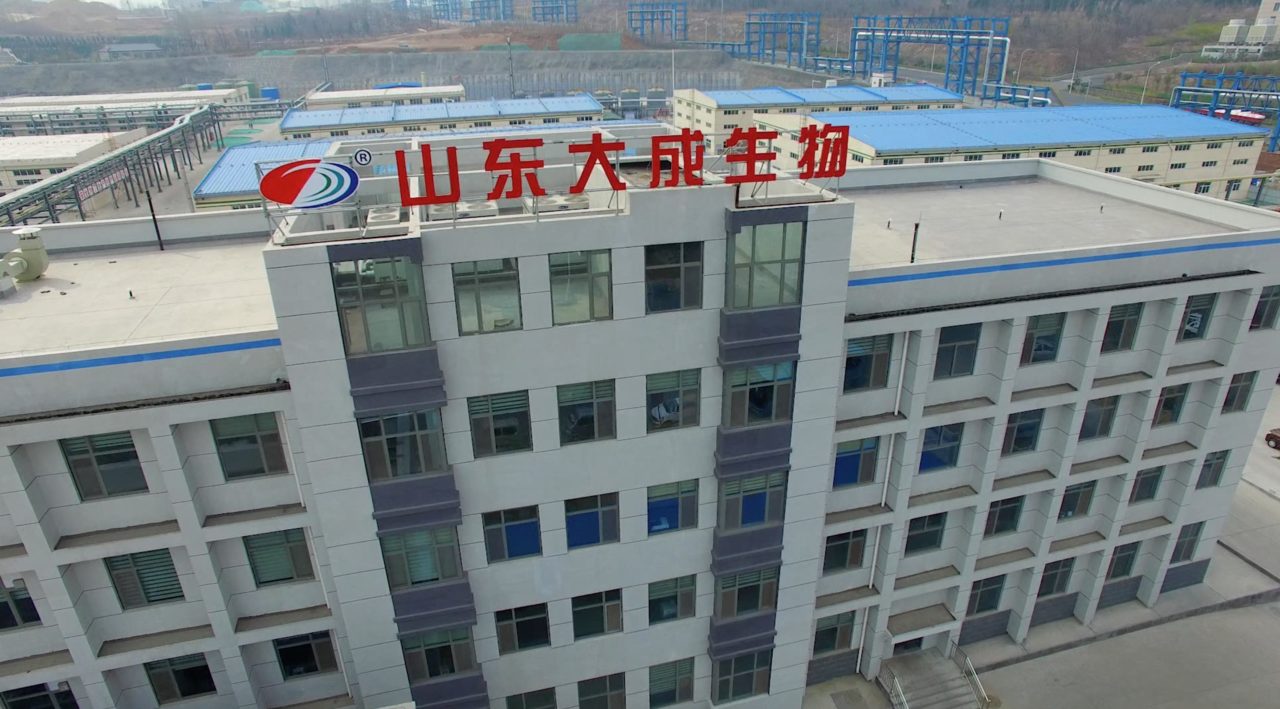Why Sourcing From China Has Become So Frustrating

Editor’s Note: This is part two of a two-part series on sourcing generic agchem product from China. See the May issue of FCI for part one, or visit our online archives.
Sourcing requires a delicate balance of price analysis, demand insight and timing. Those responsible for product procurement can harm profitability if they build inventory when prices are at a peak. In China, it is more difficult to analyze the peaks and troughs. Failure to understand the full dynamics of the Chinese generic pesticide industry, as well as not having a global perspective and understanding of demand and demand cycles for a certain product, are the main challenges to buying at the right time.
Many buyers have been faced with trouble finding products – whether an actual scarcity exists or whether heightened demand creates opportunity for sellers to distort the value chain. A common complaint is that the big buyers tend to get product allocated to them, leaving little or none to the smaller buyers. The fundamental point: It isn’t not getting products that matters, but it is getting them at the right price and the right time that is paramount to success. What goes up must come down.
So, while prices are moving up rapidly due to a shortage or strong demand, one needs to watch out to not be caught with products procured at the peak of the cycle.
This is where purchasers must understand the dynamics of demand and supply. A global perspective on demand for a product is crucial to deciding whether it is too late in a pricing cycle to procure any at all.
Take the most commonly traded product, glyphosate, as an example. The known demand cycle has been September through May, with the low from June to August. The best time to buy, therefore, is during the low-demand period of the cycle. But then again, this strategy forces a purchaser to buy inventory when it is still too early to predict usage or move the product through the value chain into the fields. Additionally, cash can be tied up, possibly forcing companies to miss opportunities to buy other products during this time.
The reality is that June through August is a low-demand period, and one must know it exists and consider it. Now let’s suppose that prices continue to rise until March. One must know that world demand tapers off from then. If one continues to buy at the peak prices of this cycle without consideration of the demand cycle, the outcome can be disastrous.
This product demand cycle is complicated, of course, especially when there is manipulation or strategic actions by the world’s largest players. One strategy that large producers use is to stock up all their major distributors almost one whole season ahead of time. Larger companies that have the financial resources to outlay inventory for extended periods of time are able to disrupt the market demand cycle, leading to confusion in the market for most buyers.
The confusion comes with large producers cut capacity because they know the value chain is already able to meet anticipated demand. This creates a perceived shortage, and prices in China start to move up, even during the traditional low period.
Uninitiated buyers are suddenly faced with an unprecedented price increase leading to some panic buying and pushing prices even higher. Those who buy product at a peak that occurs earlier than a normal demand-driven cycle are then caught with high-priced stock, resulting in losses. Competitors who buy on the downtrend are in a better situation in the end-use market. Those who buy early during the new peak do well, too.
When shortages occur from time to time, it draws out many fly-by-night operators as well. Prices that they offer are usually very attractive – anywhere from 40% to 60% less expensive than those of known plants. When it is too good to be true, it usually is. There is no reason for a buyer to believe that unknown traders could get supplies at such ridiculously low prices compared to prevailing ones. But buyers have been burned and continue to get burned whenever a shortage arises. Unsophisticated buyers are always around when fly-by-night operators come out to prey.
Understanding Chinese Production Dynamics
Like international buyers, Chinese plants must also face a slew of uncertainties and financial risks in sourcing key raw materials at the right time and at the right price. Working capital is not only an issue for the buyers but for the plants, too. While they may also understand their raw material demand cycle, they may not always be in a good position to take advantage of lower prices in the low-demand periods.
Generic agchem plants often encounter rumors of supply shortages of raw materials floated by unscrupulous traders and producers of raw materials. Key raw materials could be bought well in advance of the normal demand season by cashed-up domestic traders and then hoarded, creating an artificial shortage to drive prices up.
In addition, plants in China have been faced with increasing anti-pollution standards that they must meet. Unfortunately, these standards are not the same throughout the country. The coastal provinces tend to have stricter standards than those in the interior of China.
Enforcement of these ever-increasing standards of wastewater discharge and air-quality does not happen without corruption, leading to few significant improvements overall.
One notable effect over the past few years is the shift of some plants to the interior provinces, leaving behind processes such as formulations and packaging in the coastal plants.
Another notable change has been the installation and investment of more advanced waste-treatment facilities in some plants. By and large, relocating the polluting parts of production to less stringent geographic areas tend to dominate as it is cheaper.
Mother Nature is fair in the end. Polluting plants can be moved but so can pollutants. A few years prior to the Beijing Olympics, many chemical and polluting plants around Beijing were relocated hundreds of miles away, but severe air pollution in Beijing has nonetheless proven a hot topic of late.
Going forward, generic agchem producers in China will face a much higher cost in containing, and not just shifting, pollution. This, together with the rising cost of labor, will be the key limiting factors for the agchem industry in China. It is indeed these limiting factors that will save, and revive in some cases, the same industry outside China.
There is much more to cover, but suffice to say that understanding the dynamics of the Chinese generic agchem production is critical to achieving total success in product sourcing.
At minimum, buyers need to be confident in facing and handling rumors and not act when there is no need to do so. Buyers also need to understand key raw material dynamics, such as pricing and availability, and when selecting plants from which to buy, taking into account how they have been facing and managing pollution issues.
The Chinese agchem industry must be mindful that a day might come when foreign governments compel buyers to pay a pollution tax for buying Chinese-made products. Pollutants can move and can move across borders, as they have already. Though not targeted at the Chinese, the recent move by EU authorities in trying to impose a carbon tax on airlines flying into EU air space is a prime example. It is better to take the problem seriously and be proactive in containing pollution from this point onwards.
Recommendations for the Chinese Pesticide Manufacturing Industry to Consider
As an industry that has grown rapidly over the past few years, China must give buyers assurances that its value chain is reliable and fair. The industry has reached more than $2 billion of generic agchem products being exported in 2012, and it has solidified itself as a dominant and sustainable long-term player in the international generic agchem market. China’s agchem manufacturing industry association, CCPIA, must take a leadership role in giving foreign buyers more confidence and less financial risks in dealing with Chinese suppliers.
This should auger well for the Chinese producers to capture an even larger market share at a higher value in the $46 billion global market.
Fly-by-night operators have indeed tarnished the reputation of not only the industry but the nation as a whole. There needs to be a mechanism in place at a governmental body with the authority to prosecute. It must also allow foreign buyers to file complaints against unscrupulous suppliers that have been blatantly cheating.
These include suppliers sending out totally off-specification products and even soil in lieu of fertilizers, as was the case that was widely reported in the Australian rural press last year.
On the pollution front, CCPIA must adopt a code of conduct by which members must abide. Self-policing and peer reviews might help advance improvements in this critical area. But merely shifting pollution around the country will lead to the industry being the target of environmental activists who are becoming more vocal.
The success and pride of China should not be measured by GDP growth or by how many record-breaking skyscrapers are built but by how many people who have emigrated overseas want to return to the motherland to work and to live. The agchem industry in China ought to take this leadership role to ensure that the country will be environmentally sound and habitable for future generations.






